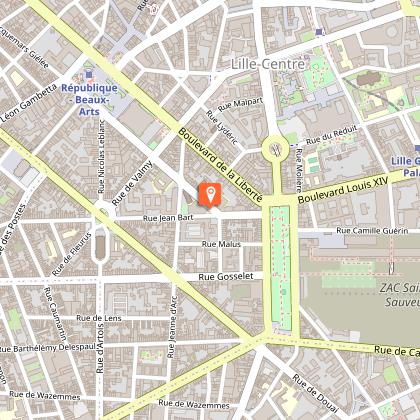Alert
Alerts
Type of practice
Walking
Presentation
Map
Points of interest
Cirkwi brief's
Ratings and reviews
See around
Lille in the 19th century

Credit : Maxime Dufour Photographies
The Cirkwi brief
Discover Lille's 19th Century Architectural Brilliance
Lille's streets, once ordinary, were transformed into captivating spectacles nearly 150 years ago, thanks to the innovative use of materials such as sandstone, ceramic, and enameled lava. The vibrant colors and fanciful designs introduced by architects of that era have been restored to their full glory, offering pedestrians a visual feast. The Metropolitan European of Lille presents this walking route, inviting you to immerse yourself in the picturesque beauty and polychrome facades of Lille, a city whose architecture breathes stories of innovation and artistic audacity.
Brief Technical Overview
This walking itinerary spans 1.2 kilometers, with minimal altitude variations – from 20 meters at its lowest point to 23 meters at its highest, and an overall positive elevation gain of just 1 meter. Despite its modest distance and negligible incline, the circuit unfolds a rich architectural and historical tapestry, inviting participants to leisurely explore the urban landscape. Offered by the Metropolitan European of Lille, this route is both accessible to casual strollers and deeply enriching for aficionados of 19th-century architecture.
Seasonal Visit Recommendations
Regardless of the season, Lille's architectural marvels can be enjoyed year-round. However, spring and autumn offer the most comfortable climate for walking tours, with mild temperatures and lower rainfall. In summer, early morning or later afternoon walks are recommended to avoid the zenith of the day's heat. Winter, while chillier, often lends a tranquil beauty to the streets, with fewer crowds. Always check the weather before departing and wear comfortable footwear, as the journey involves a fair amount of walking along paved streets.
Insights into Lille's Historical Tapestry
Lille, at the heart of the French Flanders, serves as a testament to the rich cultural and historical lineage of the Nord department in the Hauts-de-France region. Its evolution, especially during the 19th century amidst the Industrial Revolution, showcases a city that elegantly blended economic prosperity with architectural grandeur. The transformation of places like Place de la République, from military fortifications to symbols of flourishing Imperial France, reflects Lille's adaptive spirit and historical significance as an industrial and cultural hub in northern France.
Understanding Lille's Climate Patterns
The climate in Lille is defined as an oceanic climate, characterized by relatively mild temperatures throughout the year. Winters can be cool with occasional frost, while summers are comfortably warm without being overly hot, making Lille an attractive destination in virtually any season. The best times to visit, especially for walking tours, are late spring (May to June) and early autumn (September to October), when the weather is most amiable, providing pleasant conditions for exploring the city's architectural beauties without the inconvenience of extreme temperatures or heavy precipitation.
Lille's streets, once ordinary, were transformed into captivating spectacles nearly 150 years ago, thanks to the innovative use of materials such as sandstone, ceramic, and enameled lava. The vibrant colors and fanciful designs introduced by architects of that era have been restored to their full glory, offering pedestrians a visual feast. The Metropolitan European of Lille presents this walking route, inviting you to immerse yourself in the picturesque beauty and polychrome facades of Lille, a city whose architecture breathes stories of innovation and artistic audacity.
Brief Technical Overview
This walking itinerary spans 1.2 kilometers, with minimal altitude variations – from 20 meters at its lowest point to 23 meters at its highest, and an overall positive elevation gain of just 1 meter. Despite its modest distance and negligible incline, the circuit unfolds a rich architectural and historical tapestry, inviting participants to leisurely explore the urban landscape. Offered by the Metropolitan European of Lille, this route is both accessible to casual strollers and deeply enriching for aficionados of 19th-century architecture.
Seasonal Visit Recommendations
Regardless of the season, Lille's architectural marvels can be enjoyed year-round. However, spring and autumn offer the most comfortable climate for walking tours, with mild temperatures and lower rainfall. In summer, early morning or later afternoon walks are recommended to avoid the zenith of the day's heat. Winter, while chillier, often lends a tranquil beauty to the streets, with fewer crowds. Always check the weather before departing and wear comfortable footwear, as the journey involves a fair amount of walking along paved streets.
Insights into Lille's Historical Tapestry
Lille, at the heart of the French Flanders, serves as a testament to the rich cultural and historical lineage of the Nord department in the Hauts-de-France region. Its evolution, especially during the 19th century amidst the Industrial Revolution, showcases a city that elegantly blended economic prosperity with architectural grandeur. The transformation of places like Place de la République, from military fortifications to symbols of flourishing Imperial France, reflects Lille's adaptive spirit and historical significance as an industrial and cultural hub in northern France.
Understanding Lille's Climate Patterns
The climate in Lille is defined as an oceanic climate, characterized by relatively mild temperatures throughout the year. Winters can be cool with occasional frost, while summers are comfortably warm without being overly hot, making Lille an attractive destination in virtually any season. The best times to visit, especially for walking tours, are late spring (May to June) and early autumn (September to October), when the weather is most amiable, providing pleasant conditions for exploring the city's architectural beauties without the inconvenience of extreme temperatures or heavy precipitation.
Automatically generated.
IGN cards
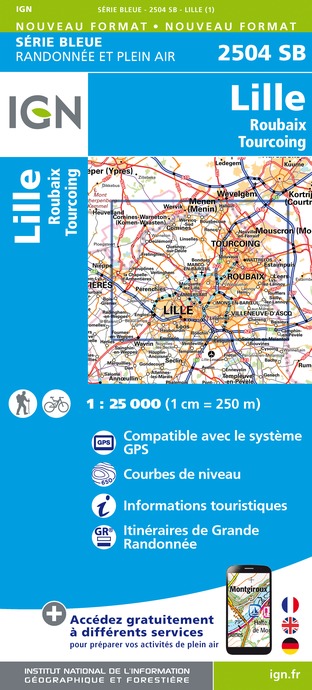
2504SB - LILLE ROUBAIX TOURCOING
Editor : IGN
Collection : TOP 25 ET SÉRIE BLEUE
Scale : 1:25 000
13.90€
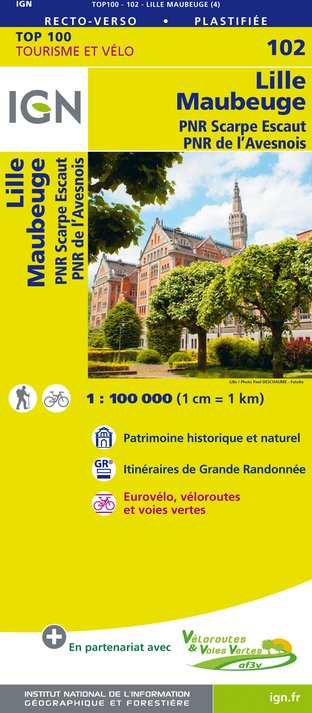
102 LILLE MAUBEUGE PNR SCARPE ESCAUT PNR DE L'AVESNOIS
Editor : IGN
Collection : TOP 100
Scale : 1:100 000
8.40€

101 LILLE CALAIS LE TOUQUET-PARIS-PLAGE PNR DES CAPS ET MARAIS D'OPALE
Editor : IGN
Collection : TOP 100
Scale : 1:100 000
8.40€

D59-62 NORD PAS-DE-CALAIS
Editor : IGN
Collection : CARTES DÉPARTEMENTALES IGN
Scale : 1:150 000
5.90€

NR01 HAUTS-DE-FRANCE
Editor : IGN
Collection : CARTES RÉGIONALES IGN
Scale : 1:250 000
6.80€
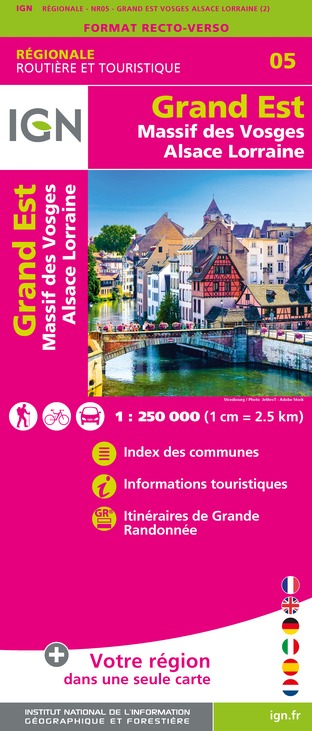
NR05 GRAND EST RECTO/VERSO MASSIF DES VOSGES ALSACE LORRAINE
Editor : IGN
Collection : CARTES RÉGIONALES IGN
Scale : 1:250 000
6.80€

NR04 - GRAND EST RECTO/VERSO ARDENNE CHAMPAGNE
Editor : IGN
Collection : CARTES RÉGIONALES IGN
Scale : 1:250 000
6.80€
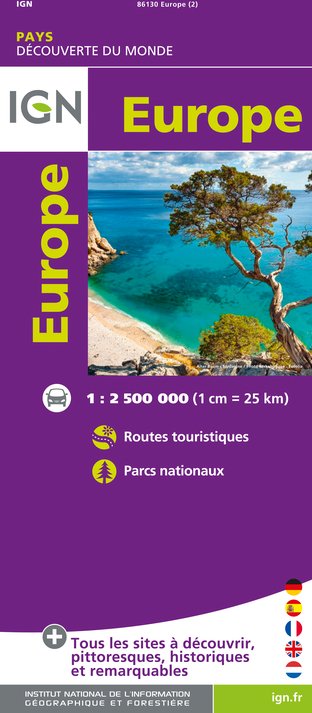
EUROPE
Editor : IGN
Collection : DÉCOUVERTE DES PAYS DU MONDE IGN
Scale : 1:2 500 000
7.00€

PAYS-BAS BELGIQUE LUXEMBOURG
Editor : IGN
Collection : DÉCOUVERTE DES PAYS DU MONDE IGN
Scale : 1:300 000
7.00€
Technical Information
Walking
Difficulty
Not specified
Dist.
1.5 km
Type of practice
Walking
Show more
Altimetric profile
Starting point
Lat : 50.63117Lng : 3.06136
Points of interest
Data author
Ratings and reviews
To see around




